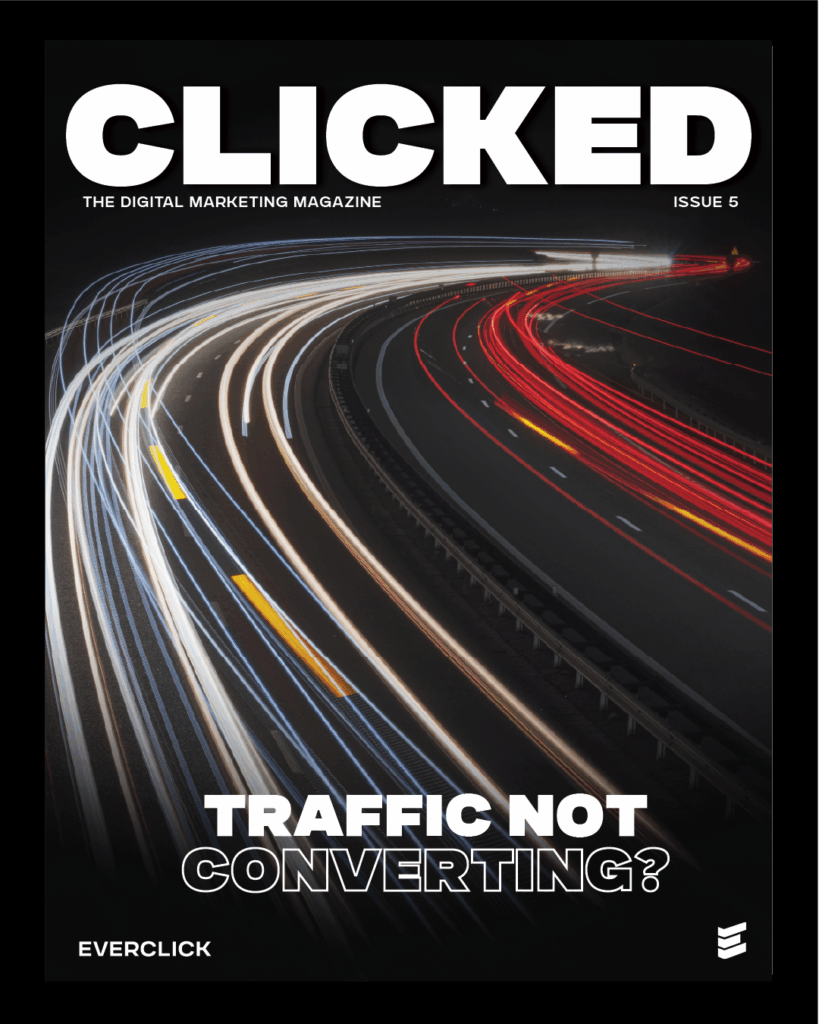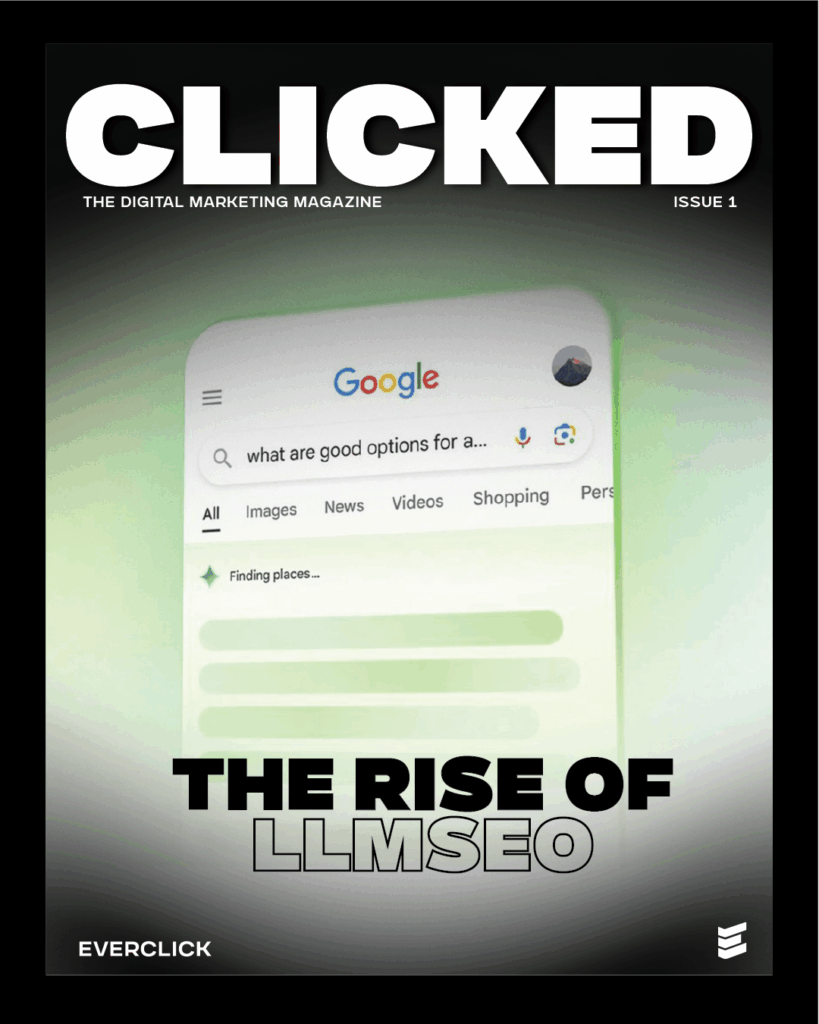You’ve worked hard to get people to visit your website. Maybe you’ve invested in Google Ads, posted on social media, or even paid for SEO.
The good news? People are clicking.
The bad news? They’re not buying, calling, or filling out your form.
If your website is bringing in traffic but not converting, you’re not alone. This is one of the most common frustrations I hear from small business owners. Let’s talk about why this happens and how conversion rate optimisation (CRO) can turn those clicks into paying customers.
What Is Conversion Rate Optimization, Anyway?
CRO is the process of making small but powerful changes to your website so more of your visitors take the action you want — whether that’s buying a product, booking a call, or signing up for your email list.
Think of it like this: instead of spending more money to get more people through the door, CRO helps you convert more of the people already in the room.
Why You’re Getting Clicks But No Conversions
Here are the usual suspects:
- Your Call-to-Action Isn’t Clear
If your site doesn’t make it obvious what the next step is, visitors won’t take it. “Learn More” is vague. “Book Your Free Consultation Today” is clear and action-oriented. - Your Website Isn’t Mobile-Friendly
More than half of web traffic comes from smartphones. If your site is hard to read or navigate on mobile, people will leave within seconds. - Your Pages Load Too Slowly
A 3-second delay in load time can cause up to 40% of visitors to bounce. Fast sites feel trustworthy and professional. - Your Content Doesn’t Build Trust
People buy from businesses they trust. If your website is missing testimonials, reviews, or clear product/service details, visitors might hesitate. - You’re Attracting the Wrong Traffic
Sometimes the problem isn’t your site — it’s your targeting. If you’re driving the wrong people to your site, no amount of design magic will make them convert.
How CRO Can Help You Fix This
Here’s what a strategic CRO process might include:
- Heatmap & Analytics Review — See where people are clicking, scrolling, and dropping off.
- Clearer CTAs — Replace vague buttons with specific, benefit-driven wording.
- Mobile Optimisation — Ensure your site looks perfect and loads quickly on all devices.
- Trust Builders — Add reviews, case studies, and guarantees to remove doubt.
- A/B Testing — Test different headlines, layouts, or images to see what drives more action.
The Small Change, Big Impact Effect
Here’s the magic: even a 1–2% increase in conversion rate can mean thousands of dollars more in sales without increasing your ad spend.
If 1,000 people visit your site each month and only 2% convert, that’s 20 customers. Raise that to 4% with CRO, and now you’re at 40 customers — same traffic, double the revenue.




